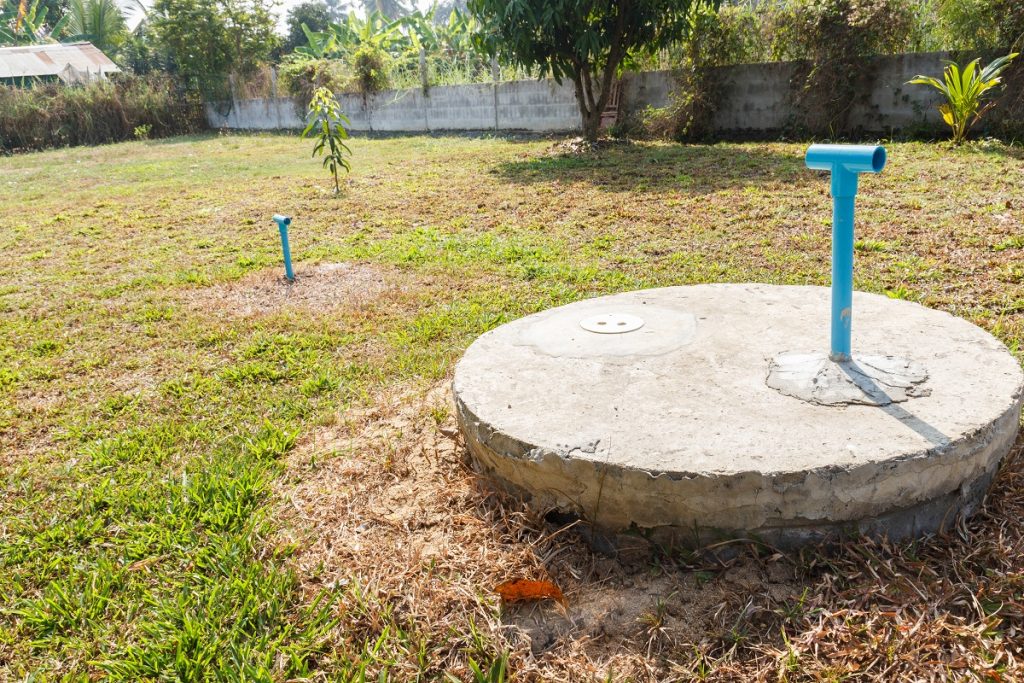When you shop for plants to raise in your garden, you may encounter some tags saying “needs well-draining soil.” If you’re not profoundly knowledgeable about gardening or raising crops, you may be clueless about what that tag means.
A well-draining or well-drained soil is basically soil that allows water to drain moderately, meaning it should not form pools or puddles. A soil that drains water too fast won’t give plants enough time to absorb the water, while a soil that drains too slowly may drown your plants and kill them.
Soils that drain poorly include compacted, clay, and sandy. Compacted and clay soils are slow-draining, so if your property has such soil types, you either need to amend them or raise plants that can tolerate wet areas. On the other hand, sandy soil drains too quickly, so you should also amend it or choose plants that can withstand drought.
That said, let’s go over the ways to improve poorly draining soils.
1. Apply Organic Material
Mixing peat moss, compost, manure, and shredded bark to your poorly draining soil can improve its draining capabilities. However, it may not be the only solution for serious drainage issues.
2. Create a French Drain
If the drainage issue is more serious, you may need to create an underground drain or French drain. Make a ditch in the soil, then fill it with gravel and cover it. Creating drainage well is another effective solution, particularly for compacted soils.
3. Extend the Downspout
 In some cases, the pooling or puddling is just coming from your existing downspout or sump pump discharge that’s draining rainwater into your yard. Extending your downspout and redirecting the flow of your sump pump discharge is all you need to do to stop standing water from forming in your yard.
In some cases, the pooling or puddling is just coming from your existing downspout or sump pump discharge that’s draining rainwater into your yard. Extending your downspout and redirecting the flow of your sump pump discharge is all you need to do to stop standing water from forming in your yard.
4. Make a Rain Garden
Rain gardens or ponds have become popular landscape features, as they’re both beautiful and functional. They collect excess rainwater; therefore, preventing puddles and improving your soil’s overall drainage capability.
5. Rain Barrels
Using rain barrels can be an alternative to extending your downspouts. Simply attach the rain barrel to the downspouts, and let it collect rainwater. It’s also a water-saving solution because the collected rainwater can be stored and used to water your plants with when dry seasons come again.
6. Make the Soil More Porous
To make a compacted soil absorb water faster, make it more porous by inserting high-quality Atlantis and Geotextile products in it, or other geotextile filters from high-quality brands. Geotextile is becoming increasingly popular in solving soil drainage problems.
Sandy soils can also benefit from geotextile. Dig a trench in the soil, and fill it with gravel wrapped with geotextile. The material will filter the water while the gravel will act as the drain.
You can use geotextiles in two ways: one-way flow and two-way flow. In a one-way flow drainage, the water will enter the drain from the sides, and will always run in one direction only across the geotextile.
In a two-way or alternating flow drainage, on the other hand, the water moves through either directions of the geotextile. When there is heavy rain, the water will enter the drain from the top, flow through, then drain out to the surrounding soil.
Geotextile is more widely used in industrial applications, but your landscape garden can definitely benefit from it as well, considering how heavy duty it is.
With any of these effective drainage improvement measures implemented in your yard, you’ll less likely face standing water issues again. Your plants will thrive more healthily, your grass lusher and greener, and you can finally bid goodbye to the unsightly wet patches on your soil.

